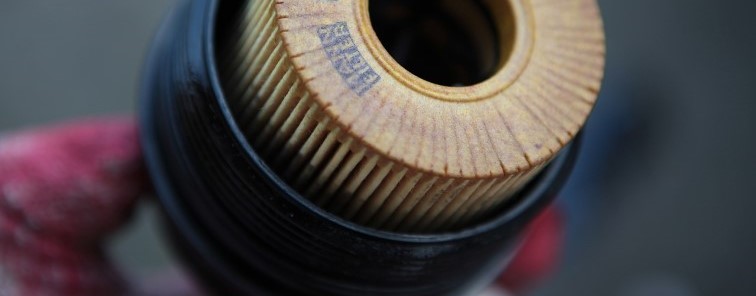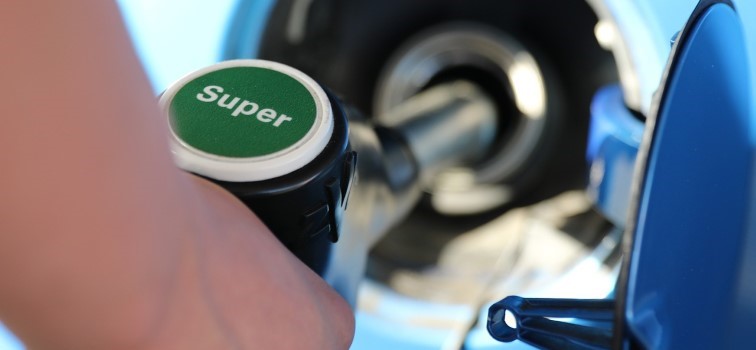Fuel efficiency: how to reduce fuel consumption?
Maximize Fuel Efficiency: What Affects Your Car's Fuel Consumption and How to Improve It?
Keeping your car roadworthy
Increased fuel consumption is not a peculiarity of the car, but a sign of a fault. Monitor the condition of your car: change the oil, filters (fuel and air) and spark plugs on time - they have a direct impact on consumption.
There can be several reasons for increased fuel consumption:
- Non-timely air and fuel filter changes and clogging;
- Non-timely change of spark plugs, ignition problems
- Sensor damage. Many sensors are responsible for maintaining the correct fuel/air mixture in a modern car - if fuel consumption suddenly spikes, computer diagnostics can help find the problem.
- Incorrect engine temperature causing excessive fuel combustion
- Incorrect wheel camber angle or incorrect tyre pressure
- Brake system faults: stuck brake pads or caliper parts prevent the wheels from turning freely and are often the cause of high fuel consumption

Driving style
Fuel consumption for the same car varies depending on the driver, and the difference between aggressive and relaxed driving can be 2-3 litres per 100 km.
Driving economically means driving efficiently, not slowly. Good driver awareness of the traffic situation not only increases safety but also saves petrol. In the city, you can drive dynamically but sensibly: don't speed up if there is a traffic jam or a red traffic light ahead. Use engine braking. Try to drive with minimal throttle input when going downhill, and pick up speed in good time before climbs.
The fuel efficiency of a journey is not determined by the average speed, but by the smoothness of the journey. Smooth driving with a constant engine speed and no sudden braking or acceleration is the most beneficial. It should take about 30 seconds to accelerate comfortably and economically to 100 kilometres.
Use ECO modes
Many modern cars have an ECO function - an economical driving mode. ECO modes can take a variety of forms: a separate button that activates an economical engine and transmission programme, or a warning light on the dashboard that tells you that you are in a "green" zone with minimum fuel consumption and emissions. Outside the city, cruise control helps reduce fuel consumption. It prevents rapid acceleration and unnecessary gear changes, helping to reduce fuel consumption.
Use quality fuel
The quality of the fuel has a direct effect on its combustion efficiency and therefore on the efficiency of the engine. Quality fuel allows the engine to develop its full power. Fuel consumption is also lower, which is a trade-off for higher fuel costs. Therefore, the cheapest fuel from a dodgy filling station is unlikely to be better value than a more expensive but high quality fuel. Try to fill up at different petrol stations and keep an eye on which one gets the best fuel economy. This is the best way to reduce your car's fuel consumption.

Car weight
Car engineers fight over every kilogram to make cars lighter, because a lighter car is quicker and more economical. Every 50 kg less weight reduces fuel consumption by about 0.3-0.4 litres. Check your luggage space and remove unnecessary items. You can also lighten the car's standard equipment by removing the unused third row of seats, for example.
Route planning
In urban areas, drivers burn almost half the fuel in traffic jams. At idling speed, a car in a traffic jam consumes 1-1.5 litres of fuel per hour, which is equivalent to a 10-20 km journey. It is therefore more cost-effective to bypass the traffic jam, even if it takes longer. To drive efficiently, plan your route in advance. Use online maps (Waze, Google Maps, etc.) that show the traffic jams in real time. Avoid driving during rush hour, sometimes leaving half an hour earlier or later will get you to your destination much faster.
Car aerodynamics
Car designers try to make cars as aerodynamic as possible to reduce the impact of air resistance on fuel consumption. Even an open window can increase the air drag coefficient by 5%. Therefore, excessive tuning, various decorative coverings and elements can increase fuel consumption. The fitting of a roof rack can increase the coefficient of aerodynamic drag by 10%.
Choosing the right oil
Engine oil changes the frictional force of engine parts - the less friction, the more economical the engine. Poor quality or untimely oil changes do not perform this function and result in excessive fuel consumption. When choosing oil, consider the manufacturer's recommendations, the age of the vehicle, how it is used, etc. The trend in recent years has been towards more fluid, energy-saving oils, but these can only be used with the car manufacturer's approval. Transmission (gearbox, transfer case) oil should not be forgotten - transmission oil affects fuel consumption no less than engine oil. Repair shops often fill the same, more or less universal, transmission oil for all their customers, without respecting the car manufacturer's recommendations. Check the manufacturer's instructions and be sure to check what fluids are used.

Tyre pressure and condition
Tyre pressure is important - it should be checked at least once a month. The recommended parameters are usually indicated on the door plate. A drop in pressure of 0.5 bar increases fuel consumption by about 3 percent. In addition to pressure, tyre size and tread pattern also affect fuel consumption. The larger the tyre diameter, the higher the fuel consumption. The rough tread pattern of all-terrain or mud-terrain tyres also increases fuel consumption; these tyres are also heavier. To reduce fuel consumption, choose tyres that are suitable for the season and operating conditions.
Winter use
Do not warm up the car for more than a few minutes and then drive slowly. Driving slowly warms up the engine more efficiently than standing still and idling. Most modern cars are designed to start immediately after starting the engine, even in winter, unless the temperature is extremely low. This is not only for reasons of ecology and fuel economy: catalytic converters (very expensive parts) are most prone to clogging when the car is idling.